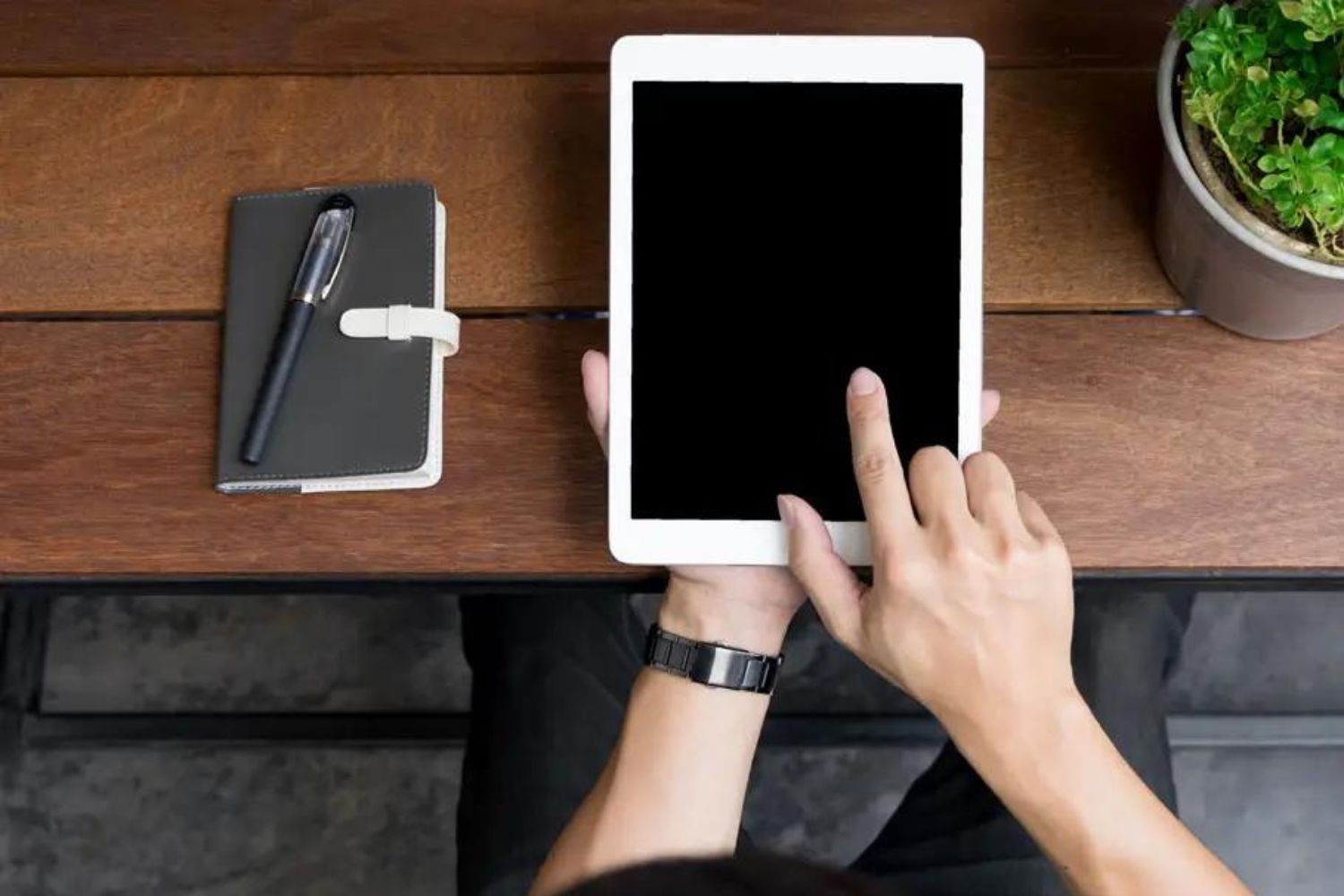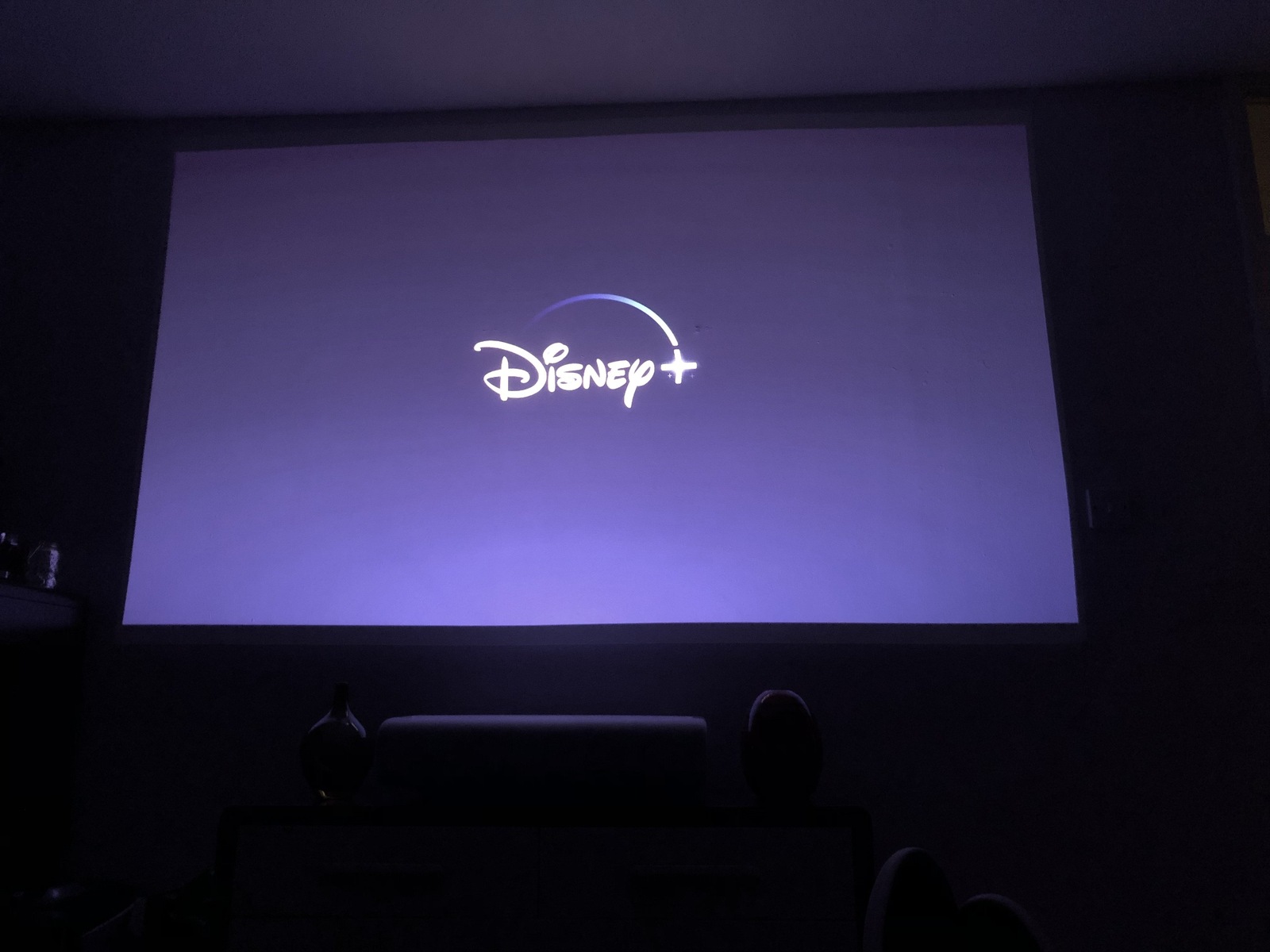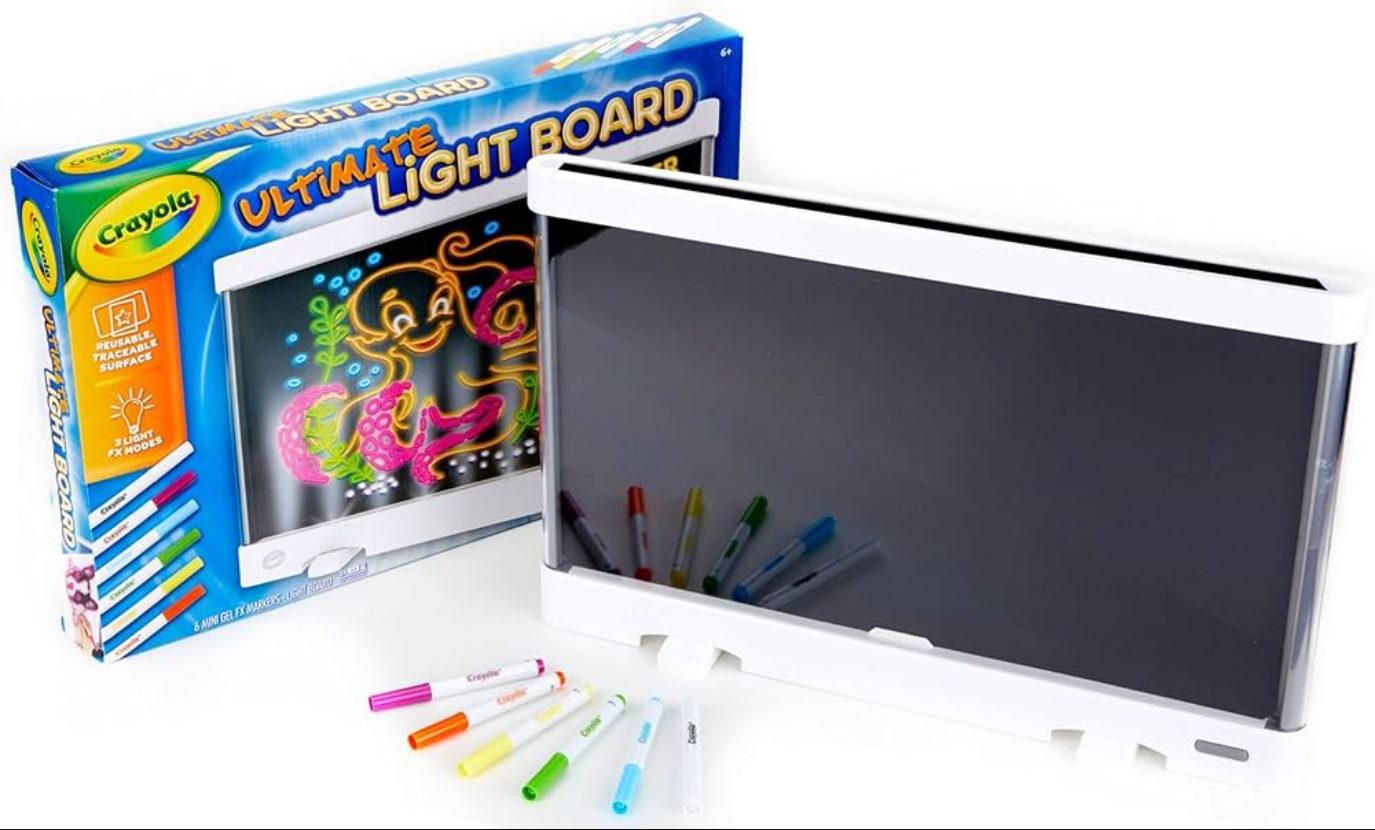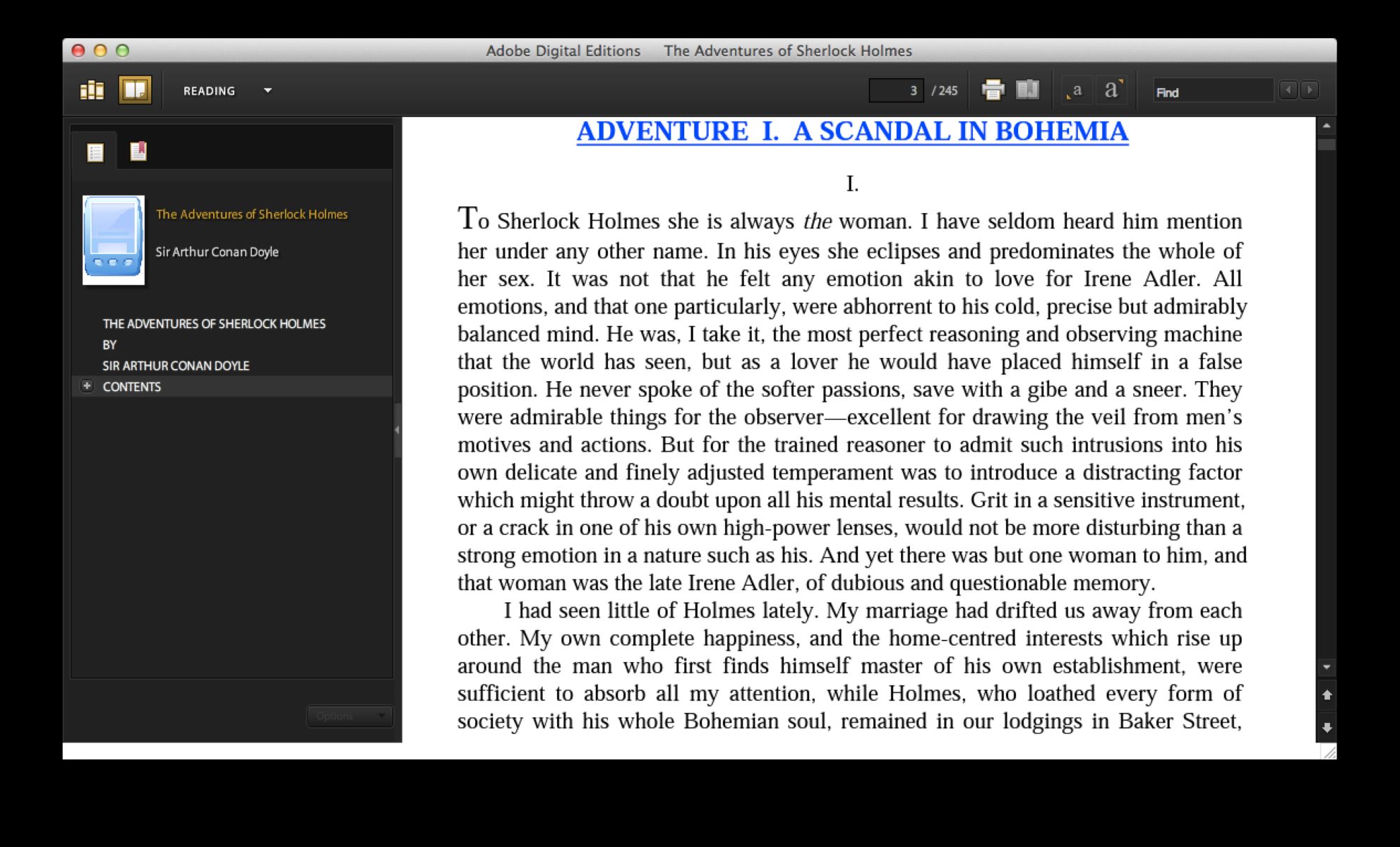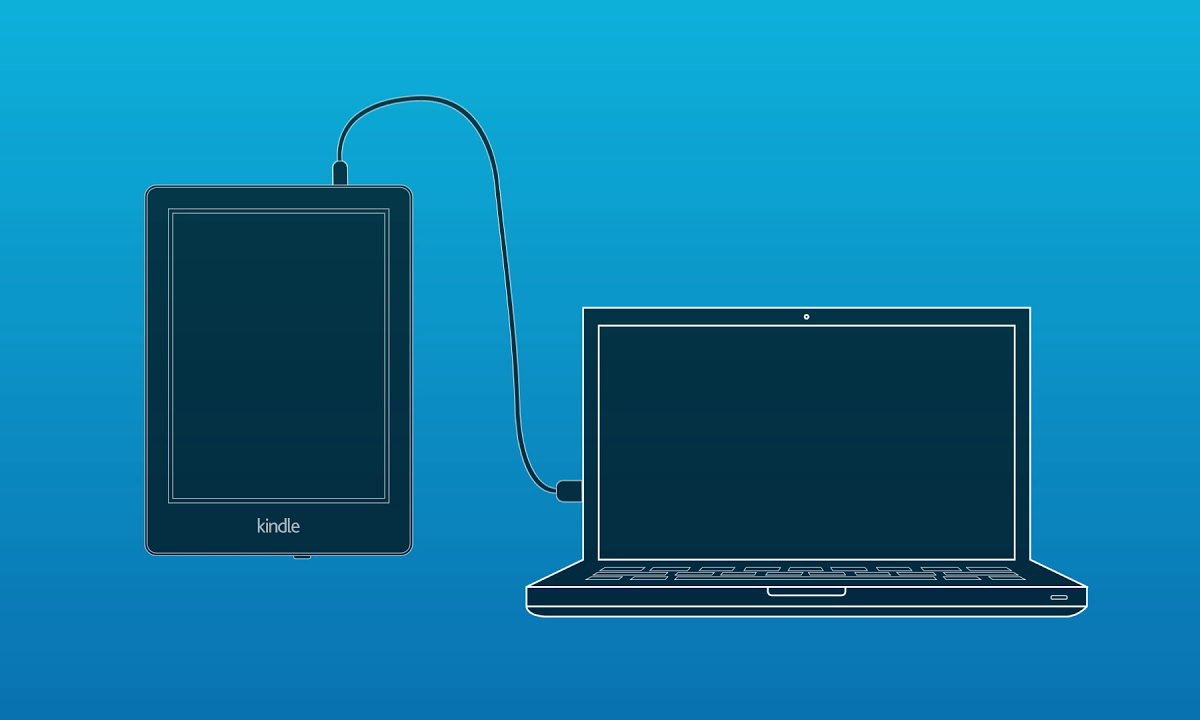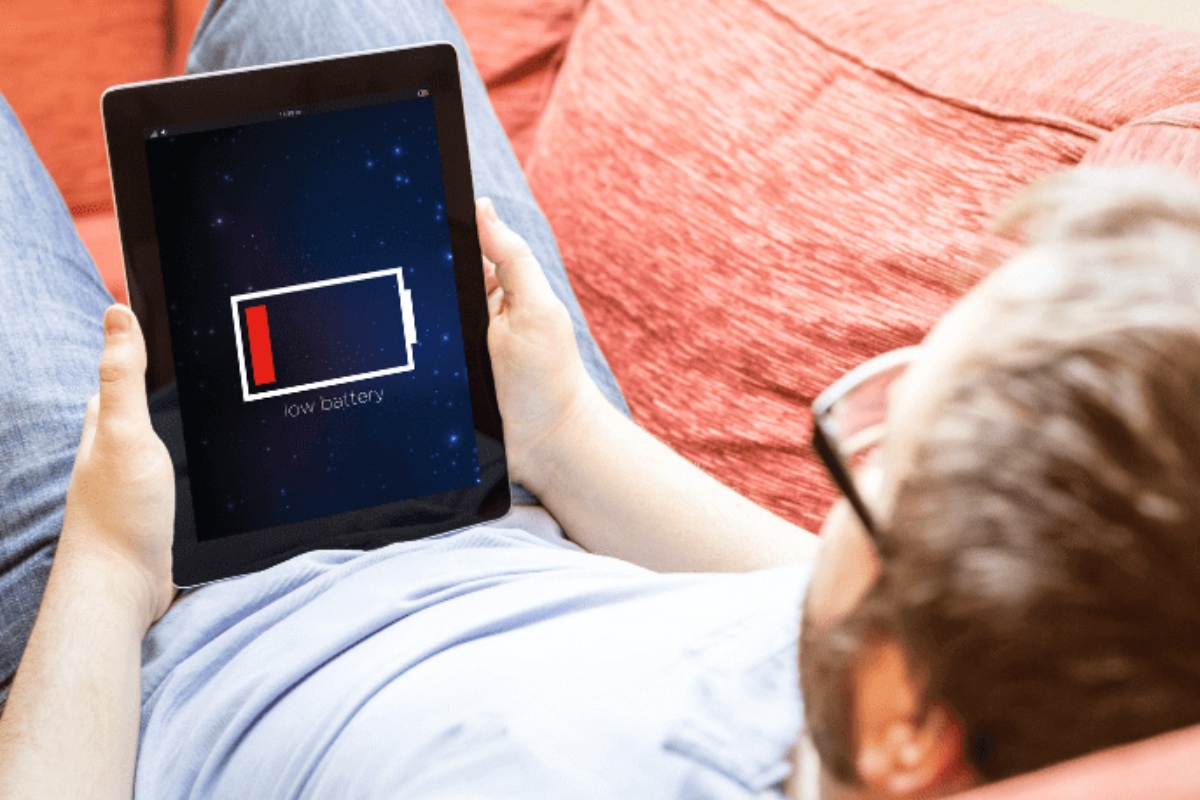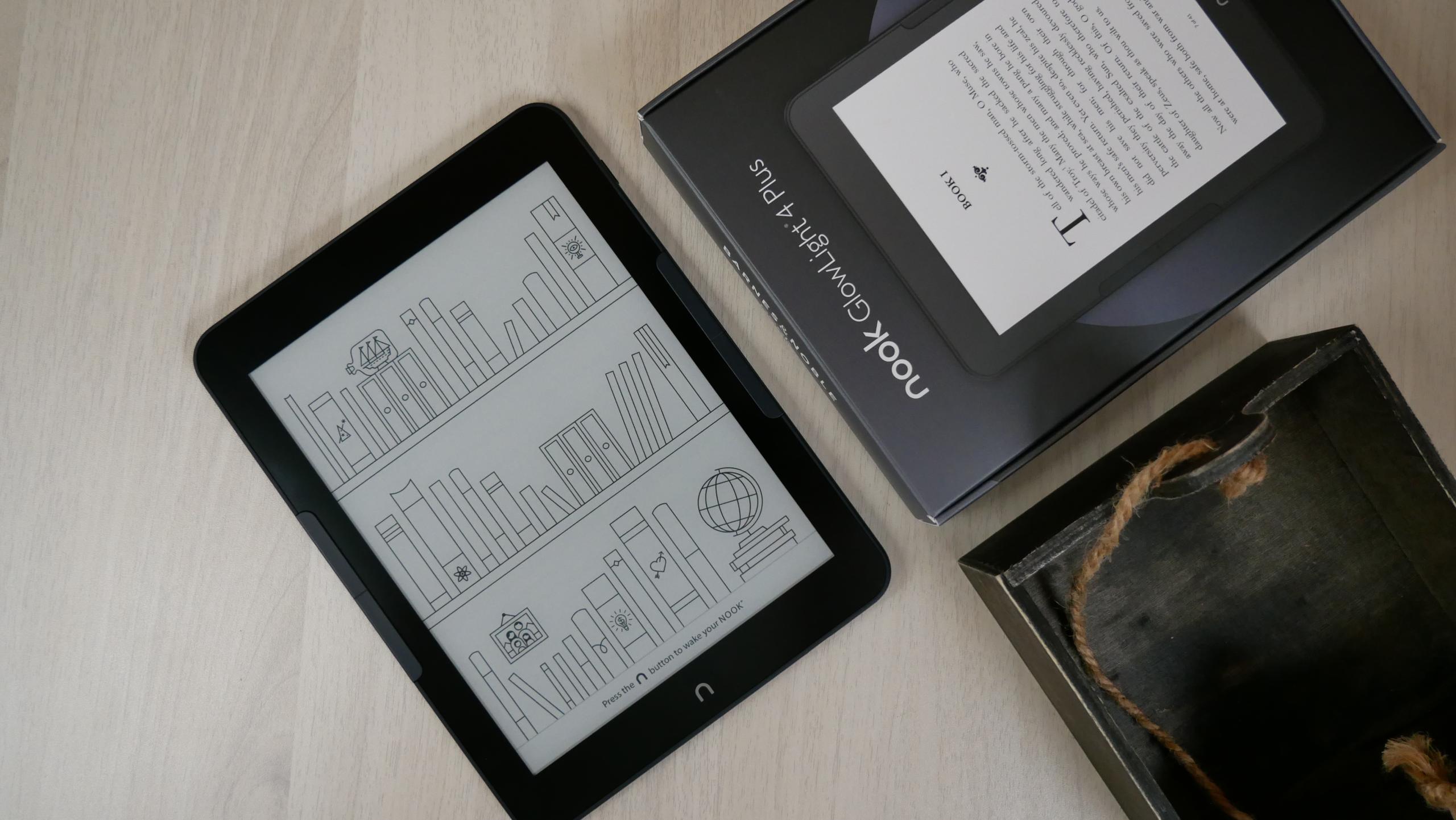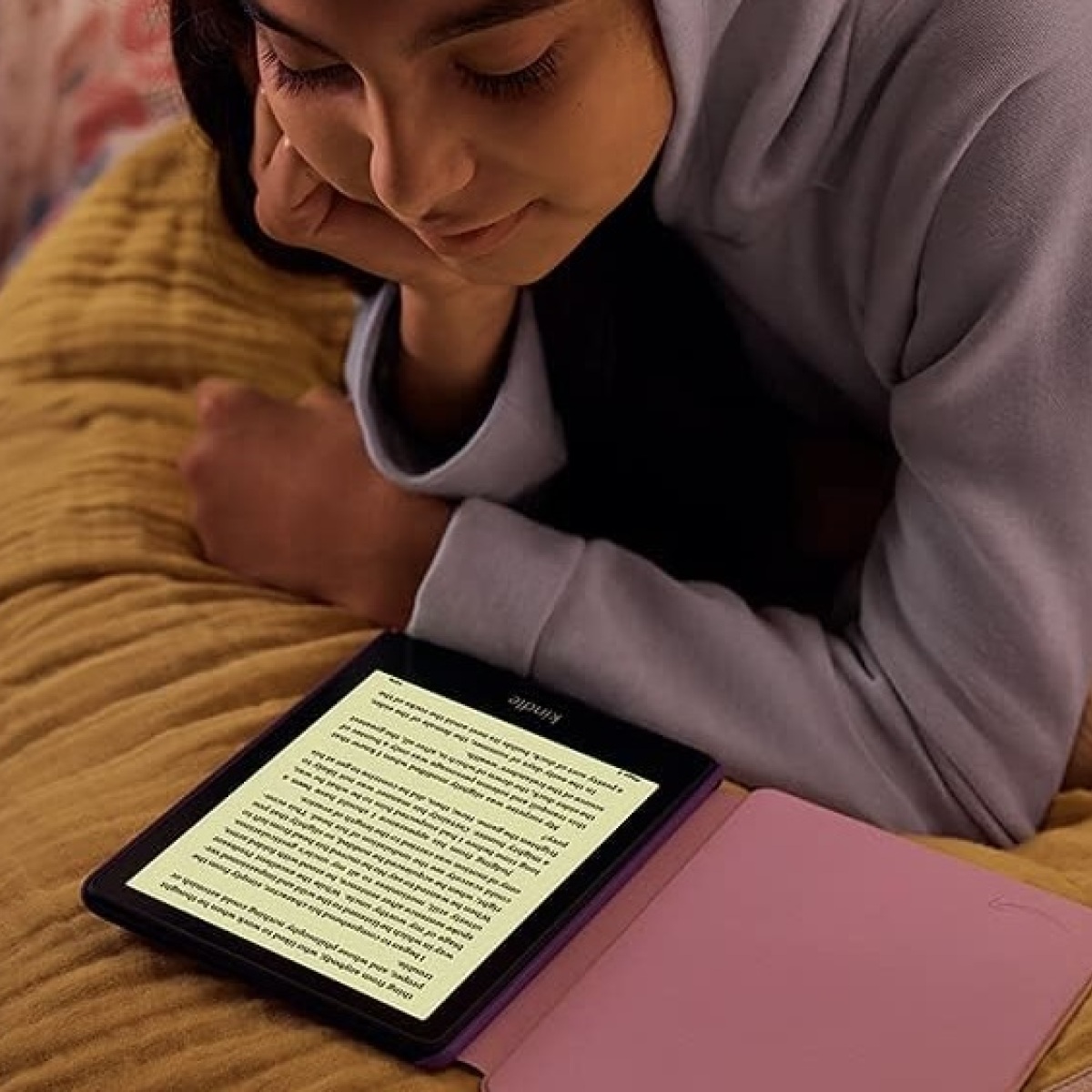Introduction
Have you ever encountered the frustrating experience of your tablet screen appearing too dark? It can be incredibly annoying, especially when you’re attempting to read or view multimedia content. The good news is that you’re not alone in dealing with this issue, and there are several potential reasons why your tablet screen may be operating at a dim level.
In this article, we will explore the possible causes behind a dark tablet screen and provide you with practical solutions to rectify the problem. Whether you are an avid reader, a gamer, or simply use your tablet for everyday tasks, understanding how to adjust the brightness and troubleshoot display issues is essential for a satisfying user experience.
From simple software adjustments to potential hardware issues, there are various factors that can contribute to a dark tablet screen. Before panicking and assuming the worst, it’s important to go through a few checks and troubleshoot the problem step-by-step. With a bit of patience and some basic adjustments, you can most likely restore your tablet’s screen to its normal brightness.
Read on to learn about the possible reasons behind a dark tablet screen and discover the solutions that will brighten up your viewing experience.
Possible Reasons for a Dark Tablet Screen
There are several factors that could contribute to a dark tablet screen. Understanding these potential reasons can help you identify the root cause of the issue and take appropriate steps to resolve it. Here are some common explanations for a tablet screen appearing dim:
- Low Brightness Settings: One of the most obvious reasons for a dark tablet screen is low brightness settings. Sometimes, the brightness level may accidentally be set too low, causing the screen to appear dim. Thankfully, adjusting the brightness settings is often a simple solution that can quickly restore the screen’s visibility.
- Software Updates: Occasionally, a dark tablet screen can be attributed to outdated or faulty software. Manufacturers regularly release updates to address bugs and improve device performance, and failing to install these updates can lead to various issues, including a dim screen. Checking for available software updates and installing them can rectify such problems.
- Troubleshooting the Screen Display: Display settings and configurations can sometimes affect the brightness of the tablet screen. Incorrect or incompatible display settings might cause the screen to appear darker than normal. By troubleshooting the display settings and ensuring they are correctly configured, you can potentially fix the issue.
- Power Saving Mode: Many tablets offer power-saving modes that help conserve battery life by reducing various functionalities, including screen brightness. If your tablet is in power-saving mode, it’s possible that the screen brightness has been automatically lowered. Disabling or adjusting the power-saving mode settings can increase the screen brightness to desired levels.
- Faulty Hardware or Display Issues: In some cases, a dark tablet screen may be the result of hardware malfunctions or display issues. This can include problems with the backlight, connector cables, or touchscreen digitizer. If you have ruled out other possible causes and the screen remains persistently dark, it may be necessary to seek professional help or contact the manufacturer for further assistance.
These are just a few potential reasons why your tablet screen might be appearing dark. Identifying the specific cause will depend on your particular device and circumstances. In the following sections, we will delve into the recommended methods to adjust brightness settings, check for software updates, troubleshoot the screen display, and address power-saving mode. By following these steps, you can increase the screen brightness and enhance your tablet usage experience.
Adjusting the Brightness Settings
One of the first steps to take when dealing with a dark tablet screen is adjusting the brightness settings. This simple adjustment can make a significant difference in improving the visibility and readability of the screen. Here’s how you can adjust the brightness settings on your tablet:
- Swipe Down from the Top: On most tablets, you can access the quick settings panel by swiping down from the top of the screen. Look for the brightness slider or an icon resembling a sun.
- Slide the Brightness Slider: Once you have located the brightness control, slide the slider to the right to increase the brightness level. As you move the slider, you should notice an immediate change in the screen brightness.
- Use the Automatic Brightness Feature: Some tablets have an automatic brightness feature that adjusts the screen brightness based on the ambient lighting conditions. This feature can be helpful in maintaining optimal brightness levels without constantly adjusting the settings manually.
- Disable Adaptive Brightness: If your tablet has adaptive brightness enabled, it may automatically adjust the brightness based on your usage patterns. However, this feature can sometimes result in a screen appearing darker than desired. You can disable adaptive brightness in the display settings menu.
- Experiment with the Brightness Levels: It’s worth experimenting with different brightness levels to find what suits your preferences and provides optimal visibility. Adjust the brightness slider until you find a comfortable and clear display.
After adjusting the brightness settings, give the screen a moment to adapt to the new settings. If the screen is still too dark, move on to the next troubleshooting steps to identify and resolve any potential software or hardware issues.
Remember, adjusting the brightness settings is usually a quick and effective way to address a dark tablet screen. However, if the issue persists, it’s essential to explore other potential causes and solutions, as we will discuss in the following sections.
Checking for Software Updates
Keeping your tablet’s software up to date is crucial for optimal performance and can also help resolve various issues, including a dark screen. Software updates often include bug fixes, security enhancements, and improvements to device functionality. Here’s how you can check for software updates on your tablet:
- Go to the Settings Menu: Open the settings menu on your tablet. You can usually find it by tapping the gear icon in the app drawer or swiping down from the top of the screen and selecting the settings icon.
- Select About or Software Update: Look for the “About” or “Software Update” option in the settings menu. The name may vary depending on your tablet’s manufacturer and operating system.
- Check for Updates: Once you are in the software update section, tap on the “Check for Updates” or similar button. Your tablet will then connect to the manufacturer’s servers to see if any updates are available.
- Download and Install Updates: If there are any available updates for your tablet, follow the on-screen instructions to download and install them. Make sure your tablet is connected to a stable Wi-Fi network and has sufficient battery power before initiating the update.
- Restart Your Tablet: After the update installation is complete, restart your tablet to ensure that all changes take effect.
Checking for and installing software updates can often resolve issues related to a dark tablet screen. These updates may contain fixes for display-related bugs or improvements to the overall system performance. Perform this step even if your tablet is set to automatically download and install updates, as manual checks can sometimes catch updates that haven’t been applied automatically.
If there are no available updates or if installing updates doesn’t resolve the dark screen issue, continue to the next troubleshooting steps to further investigate and address the problem.
Troubleshooting the Screen Display
If adjusting the brightness settings and checking for software updates haven’t resolved the dark screen problem on your tablet, it’s time to troubleshoot the screen display itself. There are a few steps you can take to identify and address potential display-related issues:
- Restart Your Tablet: Sometimes, a simple restart can fix temporary glitches or conflicts causing the screen to appear dim. Press and hold the power button on your tablet, then select the “Restart” option.
- Reset Display Settings: Resetting the display settings to their default values can help eliminate any misconfigured settings that might be affecting the screen brightness. Look for the display or screen settings in the device settings menu and select the option to reset or restore the display settings.
- Check for Screen Damage: Examine the tablet screen for any physical damage or cracks. Even minor cracks can disrupt the display’s functionality and cause it to appear darker. If you notice any damage, it may be necessary to replace the screen or seek professional repair services.
- Test with a Different App: Launch a different app or open a different website to determine if the dark screen issue is specific to a particular application or website. If the screen appears brighter with other apps or websites, the problem may lie with the specific application or website settings.
- Factory Reset: As a last resort, you can perform a factory reset on your tablet. Be aware that this will erase all data and settings, so it’s crucial to back up your important files before proceeding. Factory resetting your tablet can help eliminate any software conflicts or glitches that may be causing the dark screen issue.
It’s important to note that troubleshooting the screen display can involve different steps depending on the tablet model and operating system you are using. Consult the user manual or the manufacturer’s support website for specific instructions tailored to your device.
If none of these troubleshooting steps have resolved the dark screen issue, there may be a hardware problem or display malfunction. In such cases, it is recommended to contact the tablet manufacturer’s customer support or seek professional assistance to diagnose and repair the problem.
Power Saving Mode
Power-saving mode is a useful feature available on many tablets that helps extend battery life by conserving power. However, it can also affect the screen brightness, causing it to appear darker than usual. If you suspect that power-saving mode is causing the dark screen issue on your tablet, here’s what you can do:
- Access the Settings Menu: Open the settings menu on your tablet by tapping the gear icon in the app drawer or swiping down from the top of the screen and selecting the settings icon.
- Navigate to Battery or Power Management: Look for the section related to battery or power management settings. The name may vary depending on your tablet’s manufacturer and operating system.
- Disable Power-Saving Mode: In the battery or power management settings, you will likely find an option to enable or disable power-saving mode. Tap on the power-saving mode option to disable it.
- Adjust Power-Saving Settings: Some tablets offer more granular control over power-saving settings. If disabling power-saving mode doesn’t solve the dark screen issue, explore the power-saving settings further. You might find an option to adjust the screen brightness level manually or change the power-saving mode behavior to allow for a brighter screen.
- Restart Your Tablet: After making changes to the power-saving mode settings, restart your tablet to ensure that the changes take effect.
Disabling or adjusting the power-saving mode can restore the screen brightness to normal levels. However, keep in mind that doing so may reduce your tablet’s battery life. If you are concerned about battery usage, consider using power-saving mode selectively or adjusting the power-saving settings to strike a balance between screen brightness and battery conservation.
If the dark screen persists even after disabling or adjusting power-saving mode, proceed to the next section to explore possible hardware or display-related issues.
Faulty Hardware or Display Issues
If you have exhausted all the software-related solutions and the dark screen problem persists on your tablet, there may be underlying hardware or display issues. Here are a few possible causes to consider:
- Backlight Malfunction: The backlight illuminates the screen, allowing you to see the display. If the backlight is faulty or not functioning properly, it can result in a dark screen. This can be caused by a loose connection, a damaged backlight component, or other hardware issues.
- Connector Cable Problems: The connector cable that connects the screen to the tablet’s internal components could be loose, damaged, or improperly connected. This could lead to a lack of proper power or signal transmission, resulting in a dim screen.
- Touchscreen Digitizer Issues: The touchscreen digitizer is responsible for detecting touch inputs on the screen. If the digitizer is malfunctioning or damaged, it may affect the screen brightness or responsiveness.
- Physical Screen Damage: Any physical damage to the screen, such as cracks or water damage, can impact its functionality and cause it to appear dark. These issues usually require screen replacement or professional repair services.
If you suspect that a hardware or display issue is causing the dark screen, it is advisable to seek assistance from the tablet manufacturer’s customer support or a certified technician. They can diagnose the problem accurately and suggest the appropriate repair or replacement options.
Before reaching out for professional help, you can also try a few additional troubleshooting steps, such as performing a factory reset or using diagnostic tools provided by the manufacturer. However, keep in mind that tinkering with hardware components without proper knowledge or expertise may void your warranty or further damage the device.
Remember, hardware or display issues are more complex and require specialized attention. It is best to consult the manufacturer’s support resources or seek professional assistance to ensure a proper resolution for the dark screen problem.
Conclusion
Dealing with a dark tablet screen can be frustrating, but there are several steps you can take to resolve the issue and restore your screen’s brightness. The first step is to adjust the brightness settings on your tablet, either manually or by enabling/disable automatic brightness. If that doesn’t work, checking for software updates and troubleshooting the screen display settings can often resolve the problem.
If the issue persists, it’s important to explore additional potential causes. Power-saving mode may be causing the screen to appear darker, so disabling or adjusting it can make a difference. However, if none of these solutions work, it’s possible that the dark screen is due to faulty hardware or display issues. In such cases, seeking professional assistance from the tablet manufacturer or a certified technician is recommended.
Remember to follow the specific instructions provided by your tablet’s manufacturer and consult their support resources for accurate troubleshooting steps. Each tablet may have slight variations in settings and troubleshooting processes, so it’s important to understand the requirements of your particular device.
By taking the appropriate steps and being patient, you can often resolve a dark tablet screen issue and enjoy a bright and vibrant display once again. Whether it’s adjusting settings or seeking professional help, don’t hesitate to explore the options available to address this common problem.
With your tablet’s screen restored to its normal brightness, you can now fully enjoy reading, gaming, watching videos, and engaging with your favorite apps with ease and clarity.







